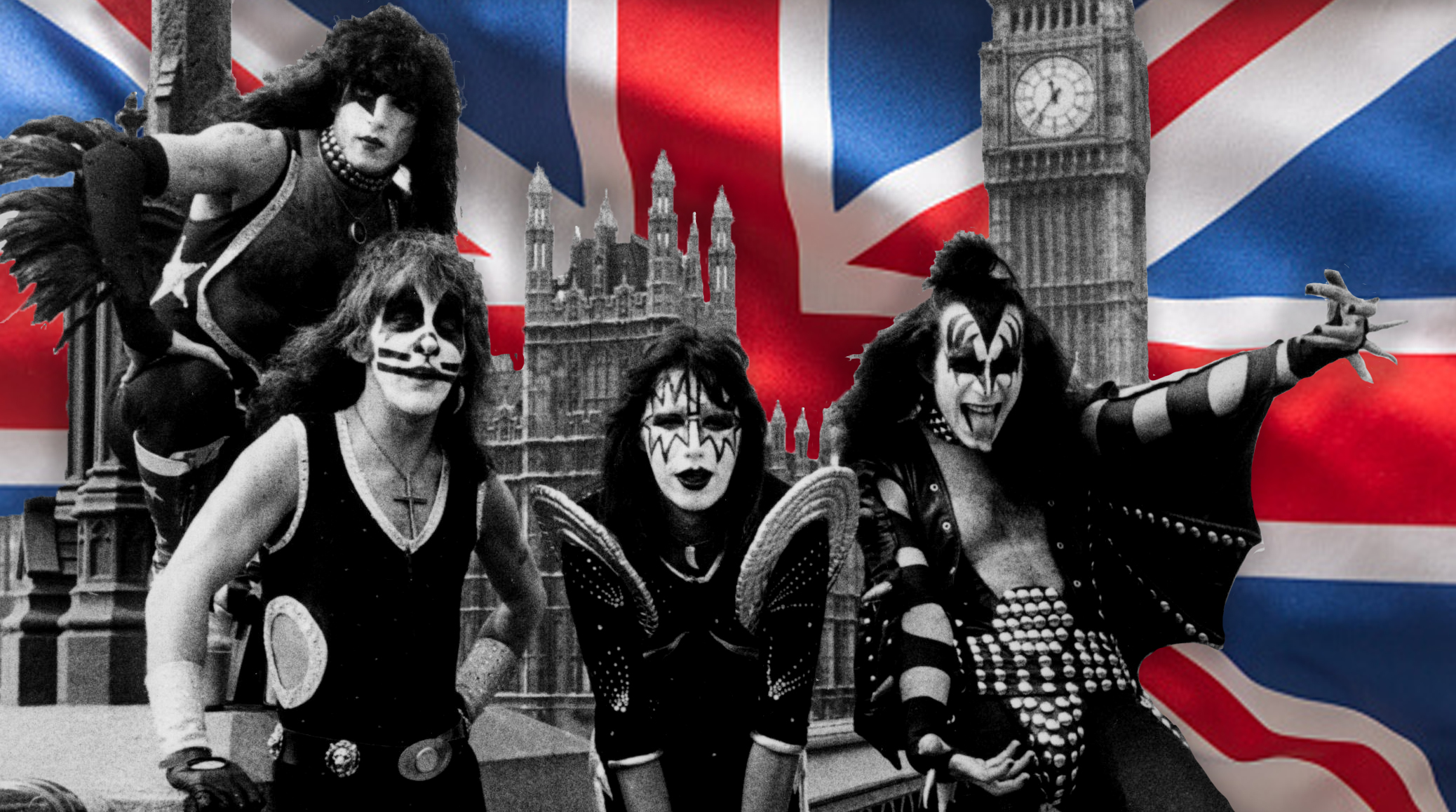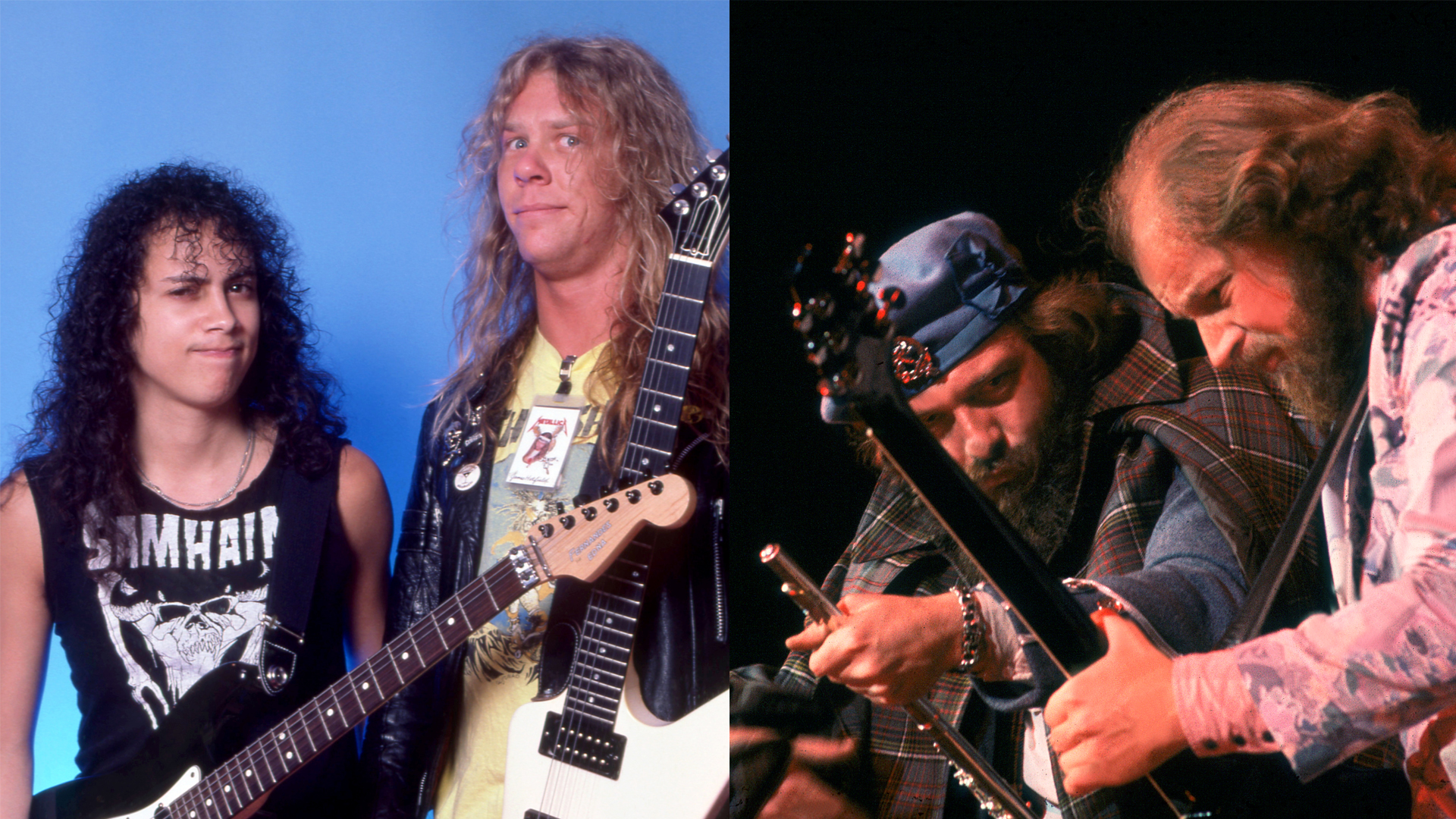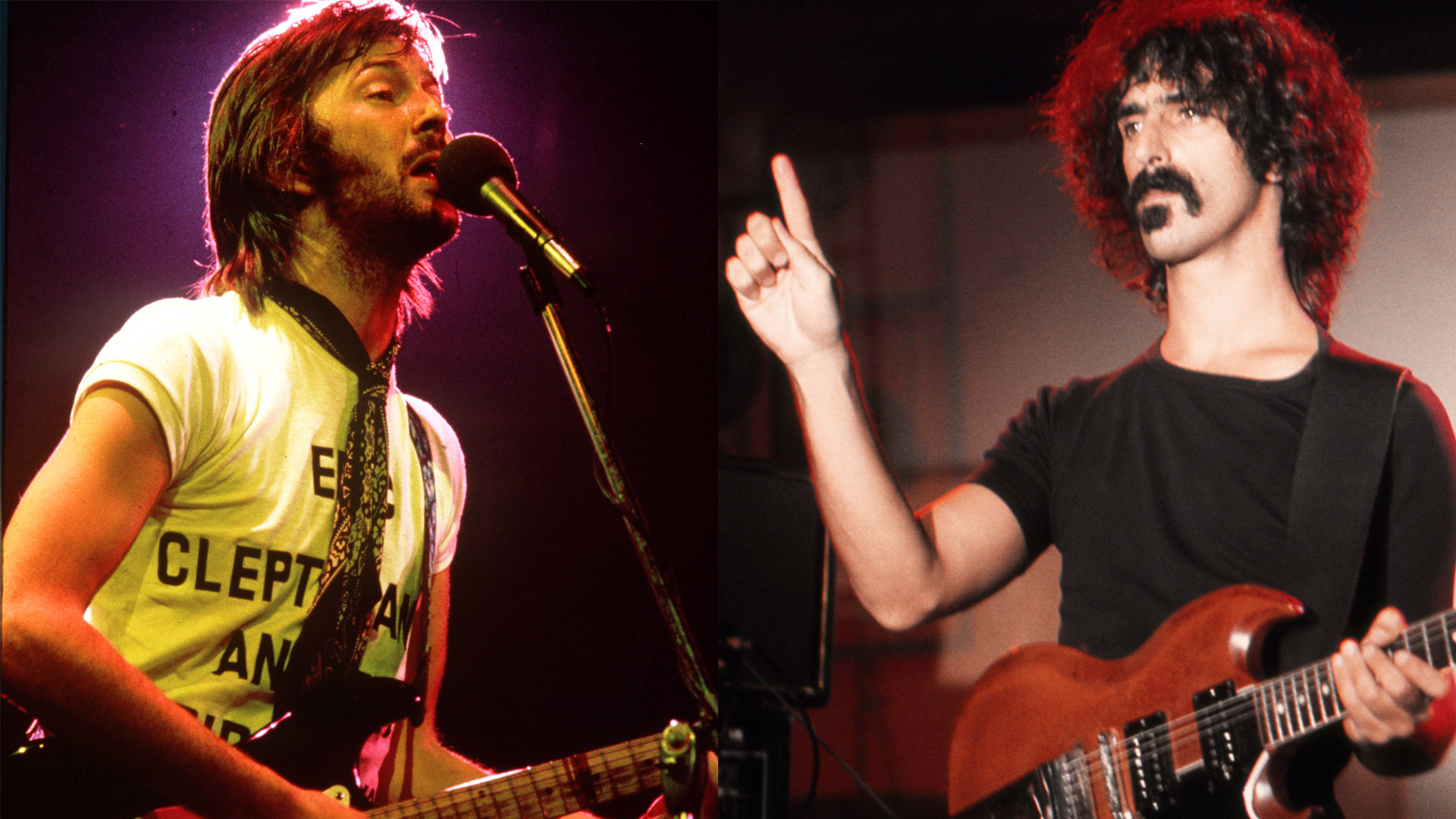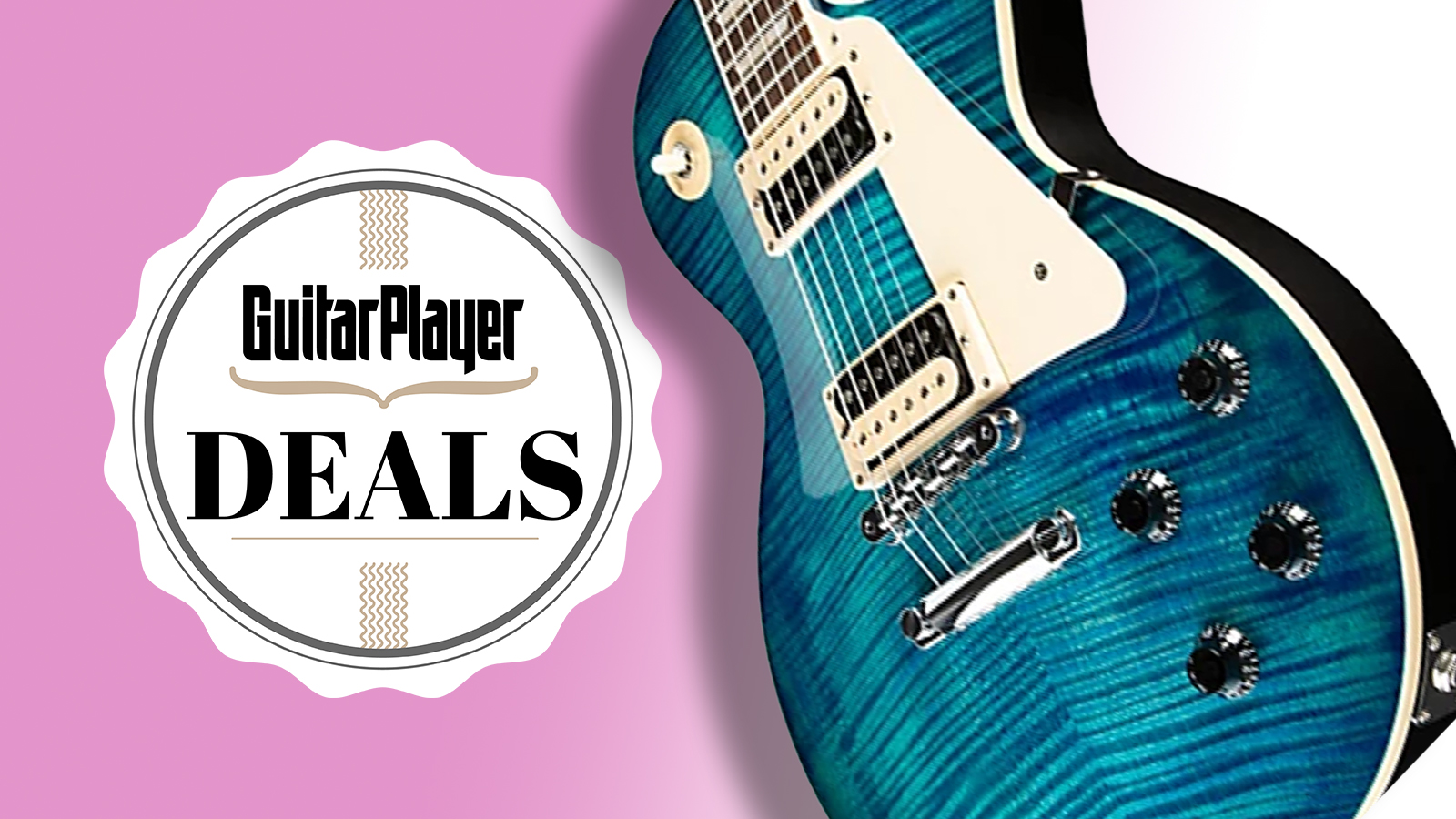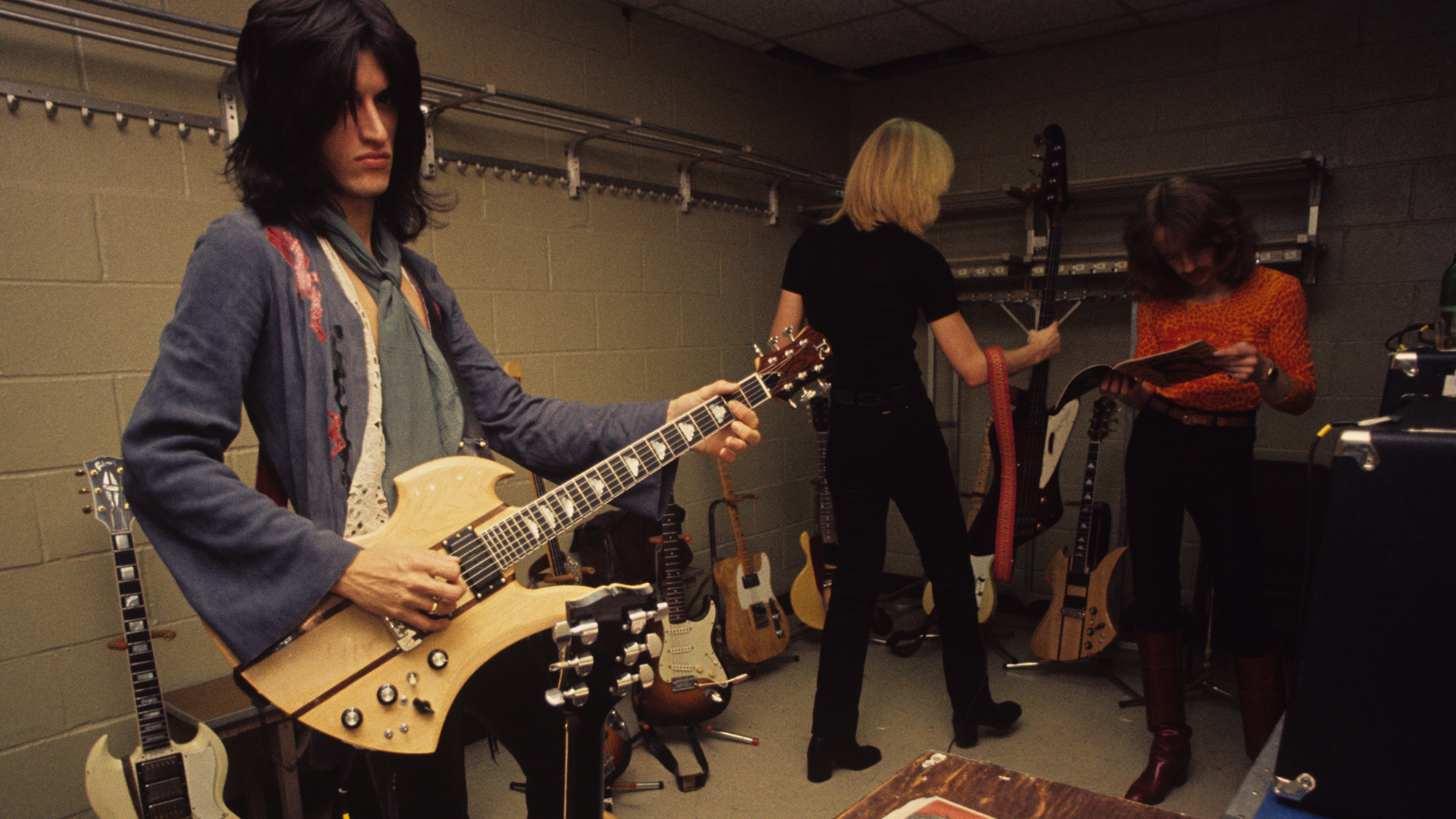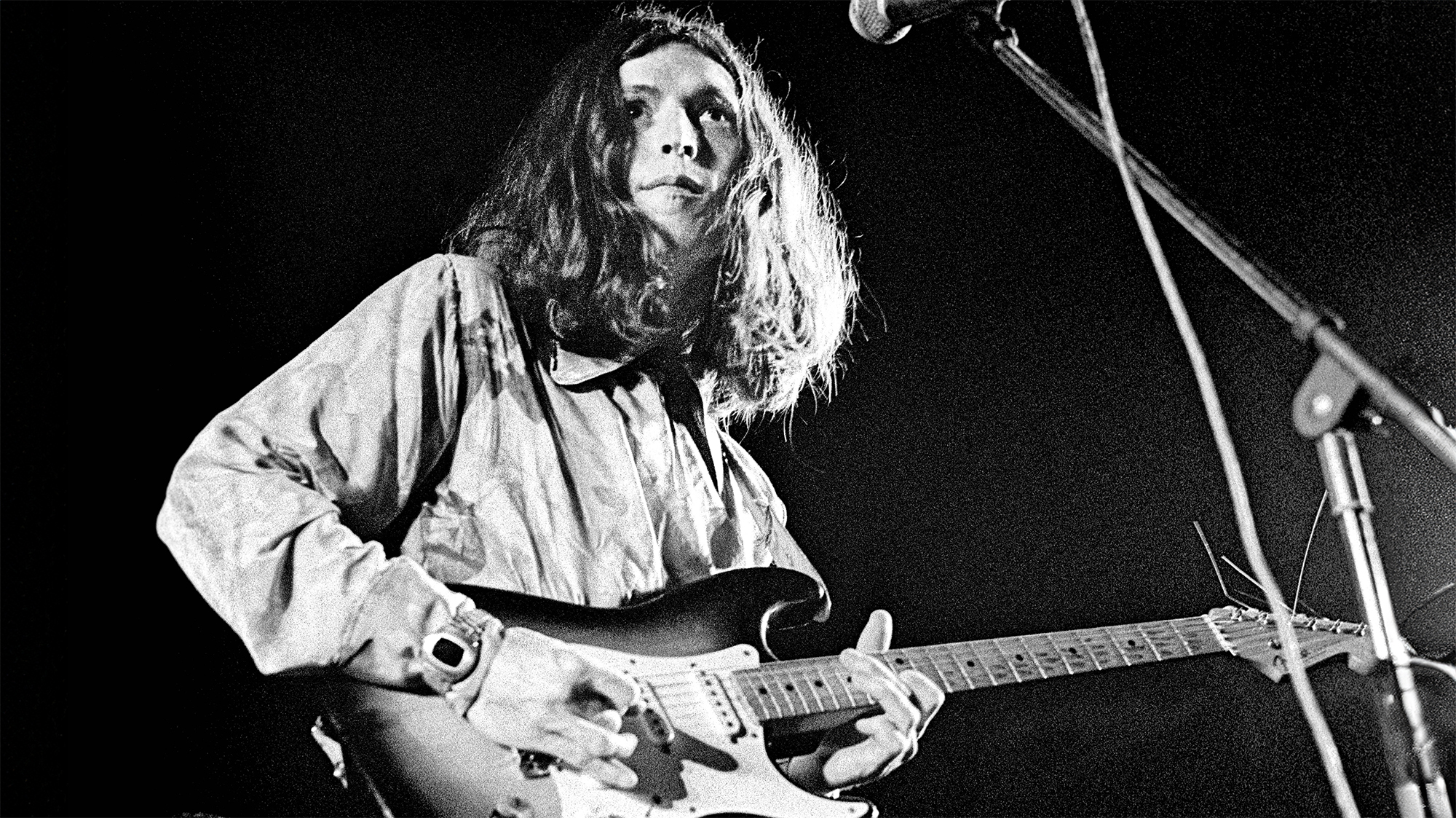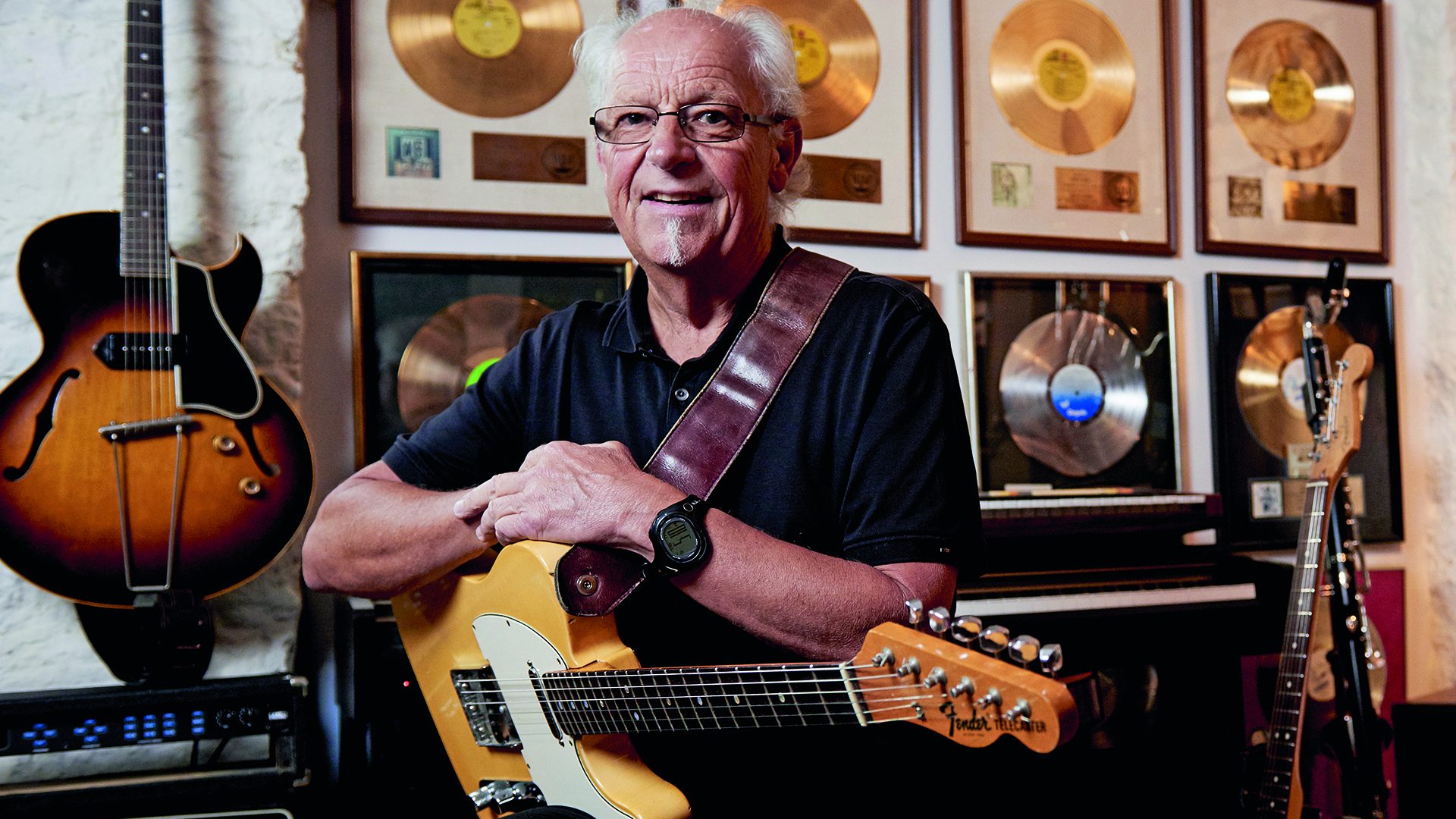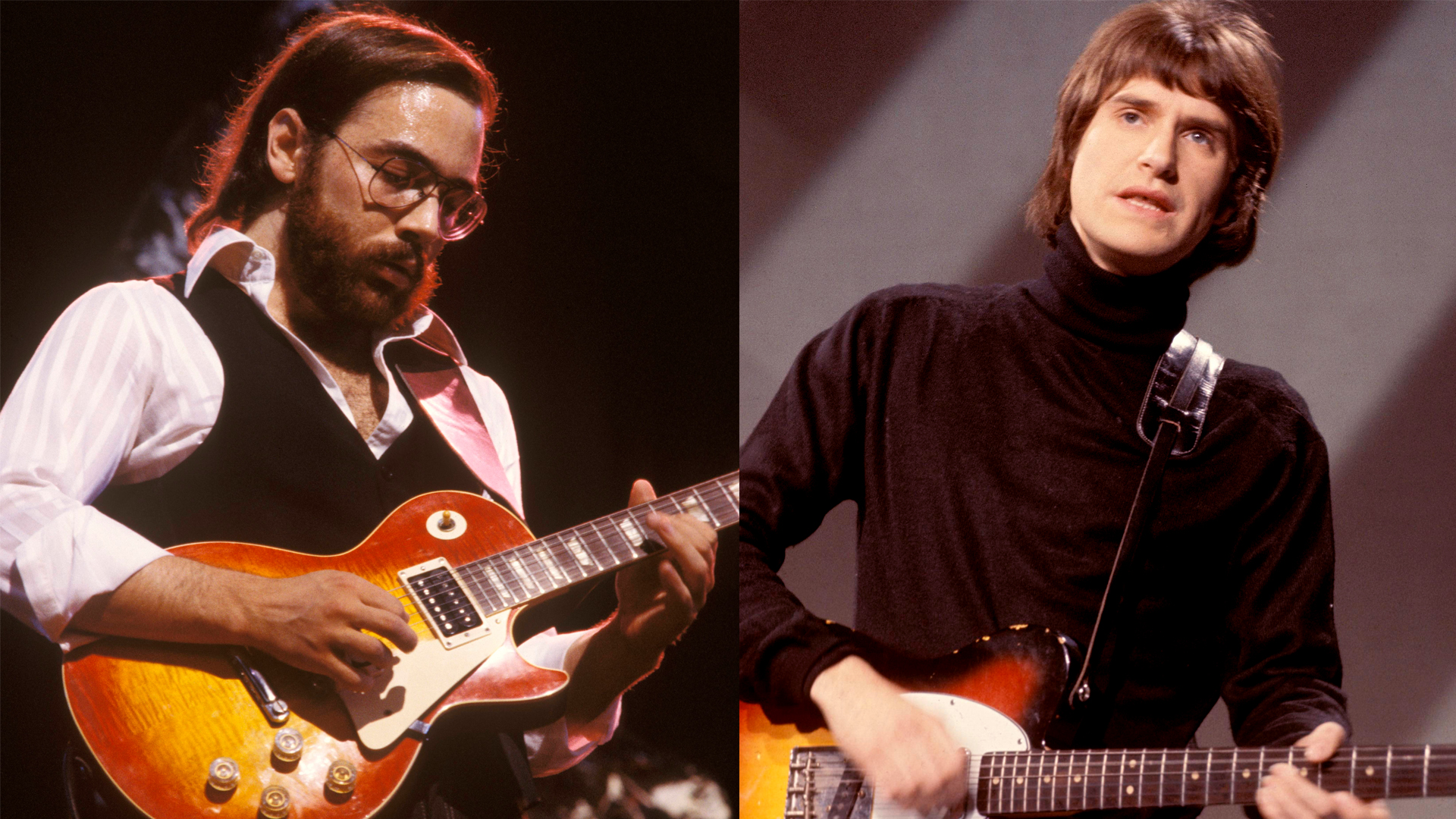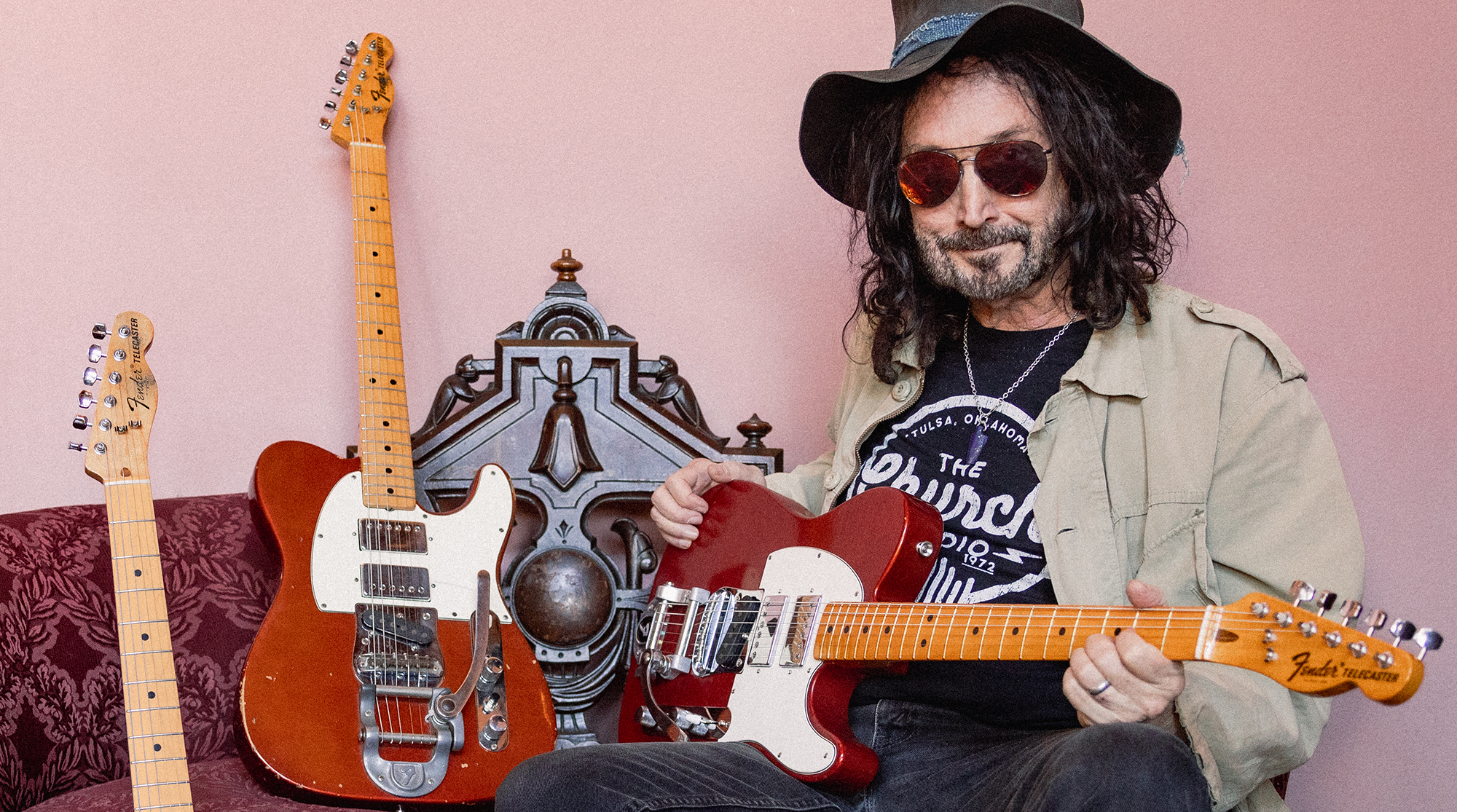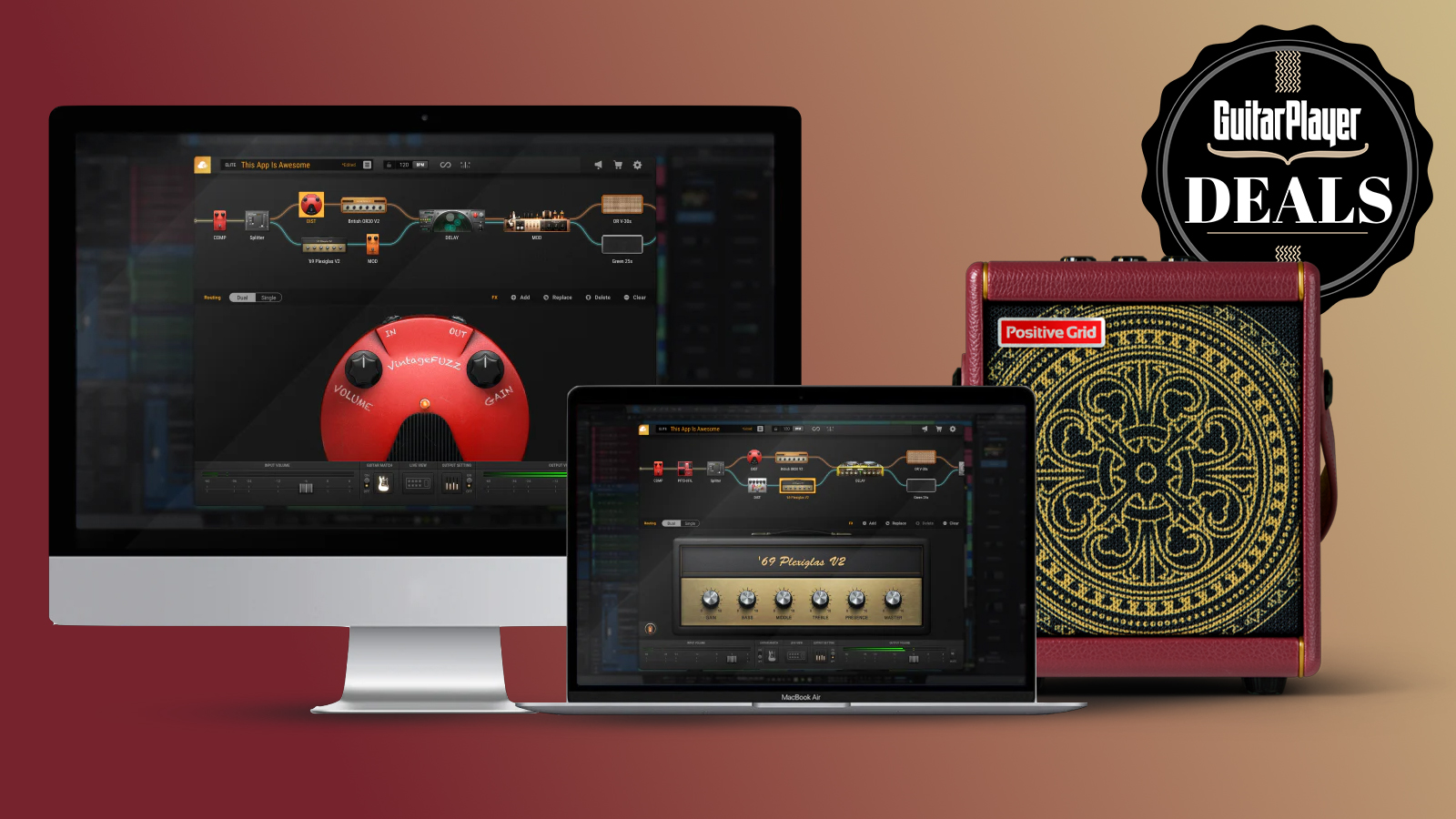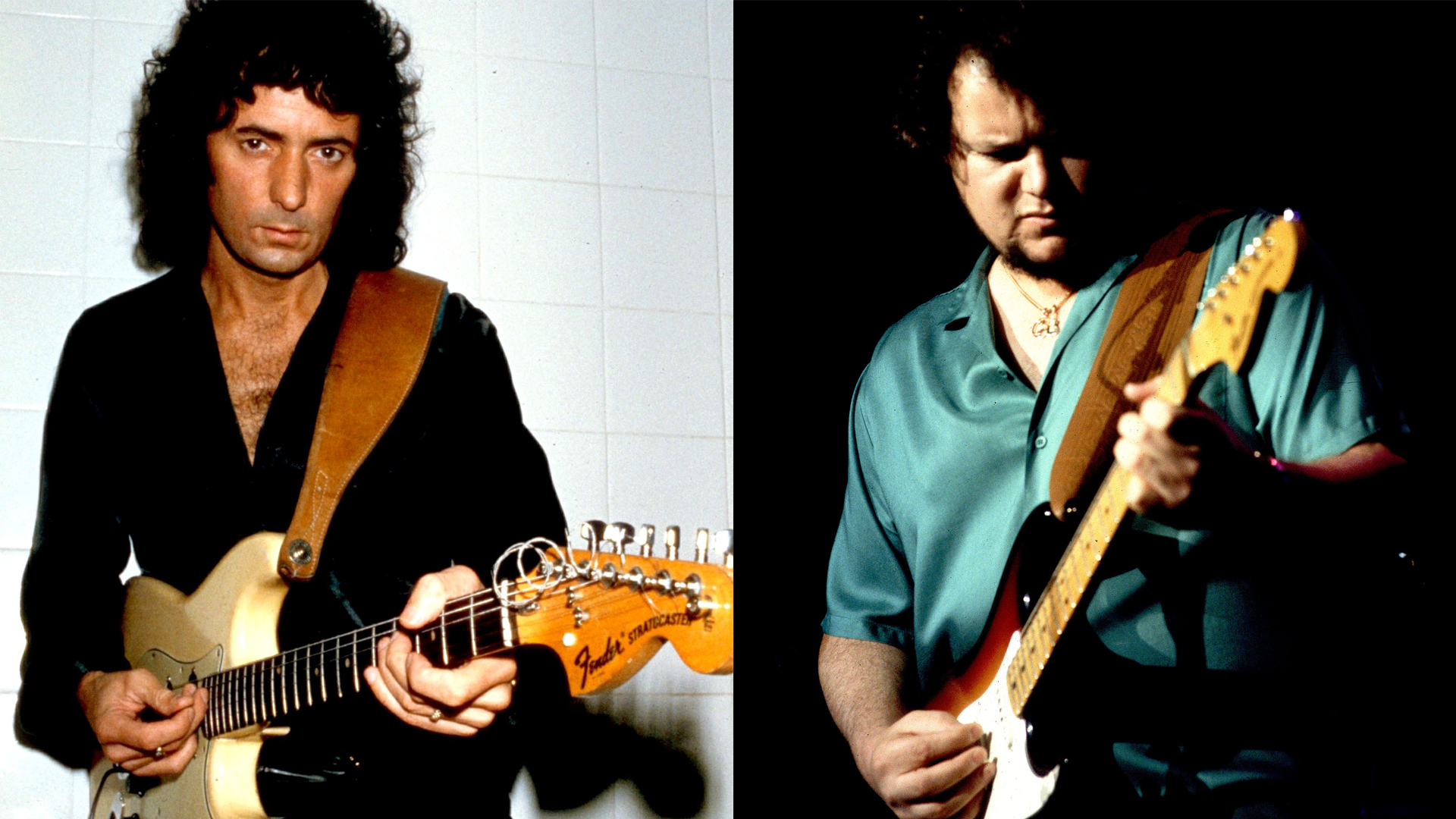“My worst case of buyer’s remorse was probably an impulse-buy banjo." Yvette Young shares her worst purchase stories and delivers her top tips for regret-free guitar shopping
The Ibanez signature artist also expains why in-person shopping helps save her from embarrassment
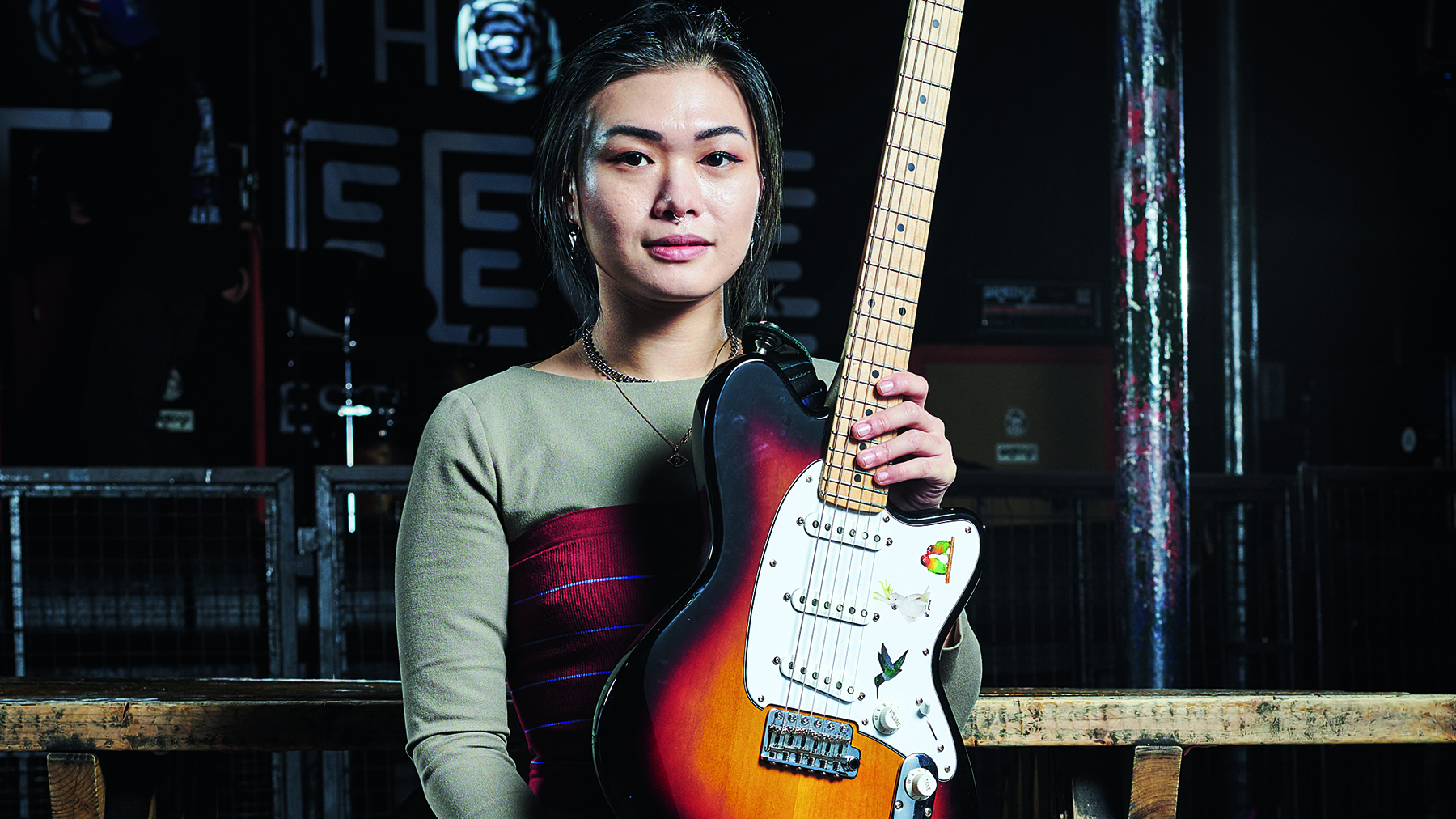
Yvette Young has bought, sold and swapped plenty of gear across her career, and has encountered bargains and horror stories in the process.
Now the guitarist has highlighted her top tips for buying a guitar you won’t instantly regret, and tells you how to know when it's time to buy and time to wait.
The experimental math-rock guitarist, best known for her work with her (mostly) instrumental Covet and as a solo artist, is among the current crop of generational talents that Steve Vai says he is “fascinated” by.
Her reputation has flourished in recent years as listeners fall for her gorgeously spangly tones, finger-picking, and innovative tapping techniques.
Yet her electric guitar exploits may never have taken shape if it weren't for one of her first gear-swapping experiences.
“The first guitar I had was a C1-E acoustic that I actually taught myself guitar on,” she tells Guitar World. “The first serious guitar that I had was an SX Tele[-style model] that I traded for a drum machine.
“At the time, I didn’t have any money, but my friend needed a drum machine, and he was like, ‘Yeah, I’ll give you my Tele for a drum machine.’ So he’s kind of responsible for me playing electric guitar.”
Get The Pick Newsletter
All the latest guitar news, interviews, lessons, reviews, deals and more, direct to your inbox!
That led her down a new path of discovery and emboldened her love for musical instruments, even if she learned that impulse buys aren’t always advisable the hard way.
“My worst case of buyer’s remorse was probably an impulse-buy banjo,” she explakns. "I was third-wheeling on a date, and I felt awkward and needed to fill the void with an unnecessary purchase. I never play it because the high string trips me out. I wish I got a banjitar instead!”
On the flipside, her experiences have helped her become a far more astute buyer, and now she knows exactly what separates a good from a regrettable purchase.
Asked what her biggest tips for buying guitars are, she replies: “You have to try it. You have to feel it. You have to see how it makes you feel. Spend time with it and really see if it inspires music out of you. I’ve played guitars that look cool and have the hype, but they just feel kind of uninspired to me.
“I’ve played guitars that I don’t know if they’d really aesthetically be my first choice, but they just feel and sound amazing.”
Young admits she's prone to online window shopping, but underscores the value in seeing a guitar in the ‘flesh’ before splurging on it makes all the difference.
“I love my local music store in the Bay Area, Guitar Showcase,” she says. “Such lovely staff there, and they have a pretty nice vintage selection from what I remember. I love shopping in person. It’s music, so I have to hear it before I decide to buy — and comfort and feel are so important, too.”

And, if possible, hearing a guitar in the right context can help a player figure out how suitable an instrument it is, or if they are magnetized to it for different reasons.
“You need to make sure you try the guitar in your own rig,” she stresses. “Sometimes, if you’re playing out of another amp, it might be brighter than you’re used to. Try to simulate the environment that you’re going to be using the guitar in as accurately as you can. Don’t go by looks because you’re not going to pick up a guitar that looks good but feels like crap.”
To those ends, low prices aren’t to be sniffed at. It can see a player overlook a hidden gem. Young would rather spend big on a nice amp, and go cheap on the guitar she pairs it with.
“It’s like ruining a really nice audio file with... I don't know, something that’s going to degrade it a lot,” she recently told Guitarist. “There’s no point, right? I’d rather go for the expensive amp.
“‘Cheap guitar’ doesn’t mean bad guitar,” the guitarist adds. “I have plenty of guitars that are cheap, but I feel like they still sound really impressive for the price point.”
As Robert Fripp, Prince and Kirk Hammett have proved over their careers, the name on the headstock isn't the be-all-and-end-all, either. All three players have made waves with underdog guitars.
Fripp's Japan-built Tokai and Fernandes Les Paul copies have been mainstays of his various King Crimson and Sunday Lunch live rigs. Hammett played an unassuming Fernandes FST-13 Stratocaster copy on Metallica's second album, Ride the Lightning.
Prince, meanwhile, chose a Hohner MadCat Telecaster copy and famously used it for his iconic and fiery Rock and Roll Hall of Fame performance, where he performed the outro solo of "While My Guitar Gently Weeps." His Sadowsky Teles were also equipped with a rather unusual feature best to read without children present.
A freelance writer with a penchant for music that gets weird, Phil is a regular contributor to Prog, Guitar World, and Total Guitar magazines and is especially keen on shining a light on unknown artists. Outside of the journalism realm, you can find him writing angular riffs in progressive metal band, Prognosis, in which he slings an 8-string Strandberg Boden Original, churning that low string through a variety of tunings. He's also a published author and is currently penning his debut novel which chucks fantasy, mythology and humanity into a great big melting pot.
“I’m still playing but I’m covered in blood. Billy’s looking at me like, ‘Yeah! That’s punk rock!'” Steve Stevens on his all-time worst gig with Billy Idol — and the visit to Jimi Hendrix's grave that never happened
"He goes to England and all of a sudden he's on the floor humping his guitar!” Gene Simmons tells how he, Paul Stanley and Ace Frehley followed Jimi Hendrix's lead and gave Kiss some British swagger
![Qi - Pedal Play [live performance] - YouTube](https://img.youtube.com/vi/cSnqNQCbLT0/maxresdefault.jpg)


